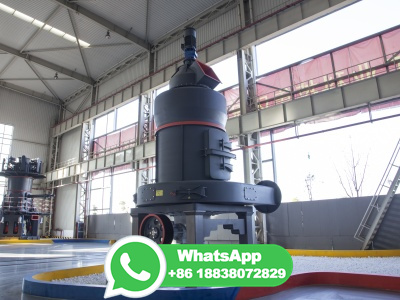Chemistry and geology of coal: nature, composition, coking ...
WEBJan 19, 2023 · Coal geology concerns major eras of coal formation as well as the processes of peatifiion, coalifiion and the chemical processes of coalifiion, coal types and their properties, coal ...




























